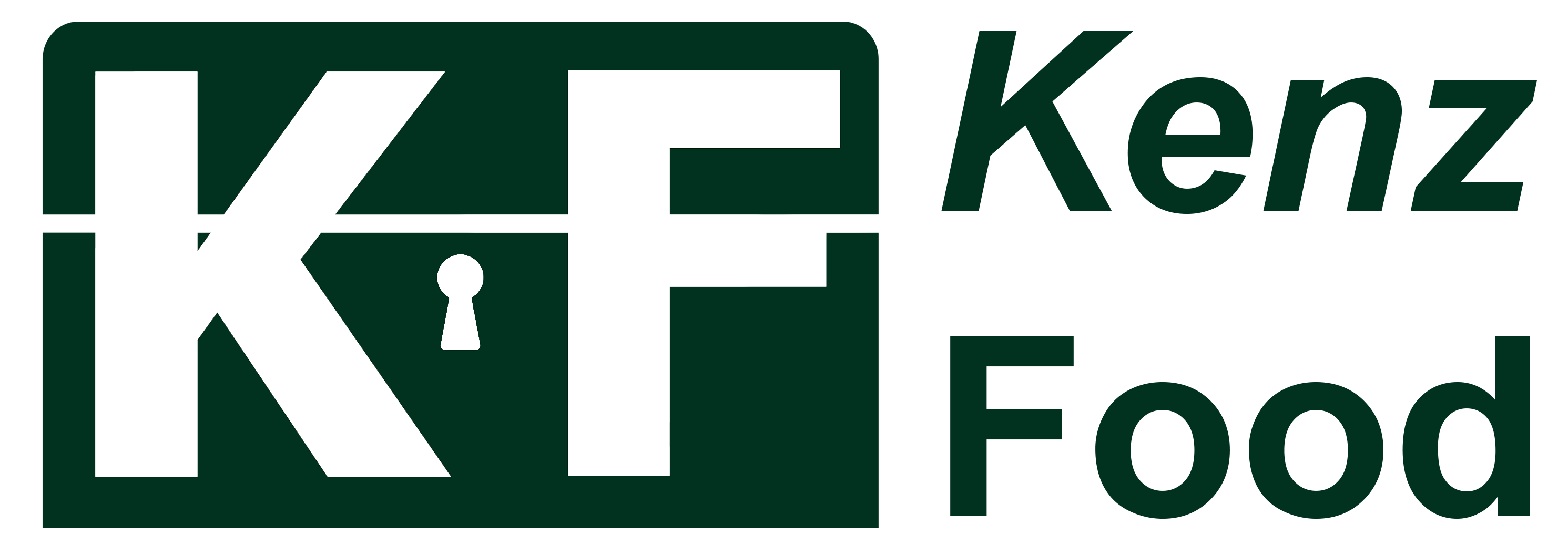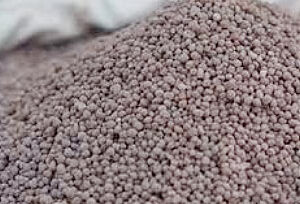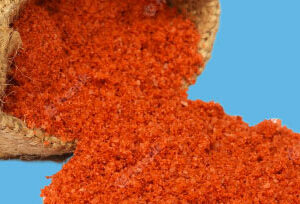Description
What is NPK fertilizer good for?
The nitrogen in NPK fertilizer is useful for helping plants to growth leaves. Phosphorus, by contrast, helps to produce healthy flowers, buds, roots, and fruits. Potassium is used by plants to help sustain overall plant health.
What does NPK ratio mean?
The NPK ratio refers to the three numbers that indicate the percentage of nitrogen, phosphorus, and potassium in an NPK fertilizer. A 20-20-20 fertilizer, for example, would have 20% nitrogen, 20% phosphorus, and 20% potassium.
Kenz Food can provide you with different grades of NPK.
Here is the specification for the popular grade of NPK 15-15-15.
Sort | 24-5-10 | 20-5-15 | 15-15-15 | 6.20.10 | 25-5-5 | 20- 10-10 | 25-5-5- 4S | 27-6-6 | 21-7-14 | |
|---|---|---|---|---|---|---|---|---|---|---|
Appearance | Coloured granules | Coloured granules | Coloured granules | Coloured granules | Coloured granules | Coloured granules | Coloured granules | Coloured granules | Coloured granules | |
N in relation to dry substance % | total | 24 | 20 | 15 | 6 | 25 | 20 | 25 | 27 | 21 |
ammonia | 12.6 | 10.3 | 13 | 13 | 13.9 | 11.4 | ||||
nitric | 11.4 | 9.7 | 12 | 12 | 13.1 | 9.6 | ||||
P2O5 in relation to dry substance % | total | 5 | 5 | 15 | 20 | 5 | 10 | 5 | 6 | 7 |
soluble in water | 3 | 3 | 3 | 3 | 3.6 | 4.2 | ||||
soluble in neutral ammonium citrate | 4.5 | 4.5 | 4.5 | 4.5 | 5.4 | 6.3 | ||||
soluble in citric acid 2% | 4.9 | 4.9 | 4.9 | 4.9 | 5.8 | 6.9 | ||||
K2O soluble in water in relation to dry substance, % | from potassium-chloride from potassium sulphate | 10 | – 15 | 15 – | 10 | 5 | 10 – | 5 | 6 | 14 – |
Cl– for the sorts with potassium sulphate, %max | 0.5 | 0.8 | – | – | 0.25 | – | 0.25 | 0.3 | 0.75 | |
SO3 soluble in water for the sorts with potassium sulphate, % | 8.5 | – | – | – | 5.1 | 11.9 | ||||
Water content, % max. | 0.6 | 0.6 | 0.6 | 0.6 | 0.6 | 0.6 | 0.6 | 0.6 | 0.6 | |
Sulfur | – | – | – | – | – | – | 4 | – | – | |
Granulometry % | – between 1 – 4 mm, min. | 95 | 95 | 95 | 95 | 95 | 95 | 95 | 95 | 95 |
– below 1 and above 4 mm, max | 5 | 5 | 5 | 5 | 5 | 5 | 5 | 5 | 5 | |
Total combustible materials, % max. | 0.4 | 0.4 | 0.4 | 0.4 | 0.4 | 0.4 | 0.4 | 0.4 | 0.4 |




